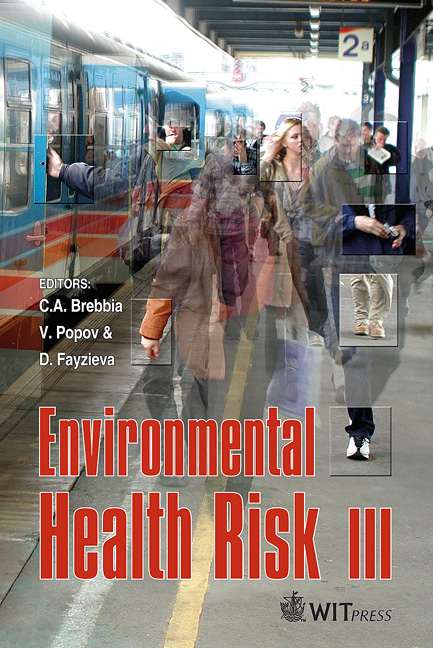Dioxin Emission Estimates And Reduction Options For Central And Eastern Europe
Price
Free (open access)
Transaction
Volume
9
Pages
9
Published
2005
Size
325 kb
Paper DOI
10.2495/EHR050201
Copyright
WIT Press
Author(s)
H. Kok, T. Pulles & U. Quass
Abstract
The project \“Dioxin Emissions in Candidate Countries” was commissioned by the European Commission to a consortium lead by TNO and was finished in the beginning of 2005. The project is part of the Commission's response to the Stockholm Convention on Persistent Organic Pollutants (POPs). The emissions have been estimated, using a method that is consistent for all countries in this study and the earlier EU Dioxin Inventory for the 15 \“Old” EU Member States. The national inventory in this study has been discussed with national experts from each of the 13 countries. The results of the study show that the emissions of dioxins to air in the \“New” EU Member States and the Candidate Countries are most probably comparable to those in the \“Old” EU Member States. There is a small chance that the emissions are a factor 4 to 5 higher because of uncertainties in activity rates of dioxin emitting processes and emission per unit of activity. On the basis of the results we conclude that there is no reason to assume that the concentrations of dioxins in the air in the 13 countries are significantly higher than in the 15 \“Old” EU Member States. This however does not exclude possible \“hot spots”, where relatively high concentrations could occur, due to for instance uncontrolled burning of chlorine containing wastes. Special attention must be given to prevent \“illegal” activities in the field of waste combustion. Keywords: dioxin emission, emission inventory, Central Europe, Eastern Europe, activity data, emission factors, waste incineration, primary metal industry, cement industry, residential heating, reduction measures.
Keywords
dioxin emission, emission inventory, Central Europe, EasternEurope, activity data, emission factors, waste incineration, primary metalindustry, cement industry, residential heating, reduction measures.





